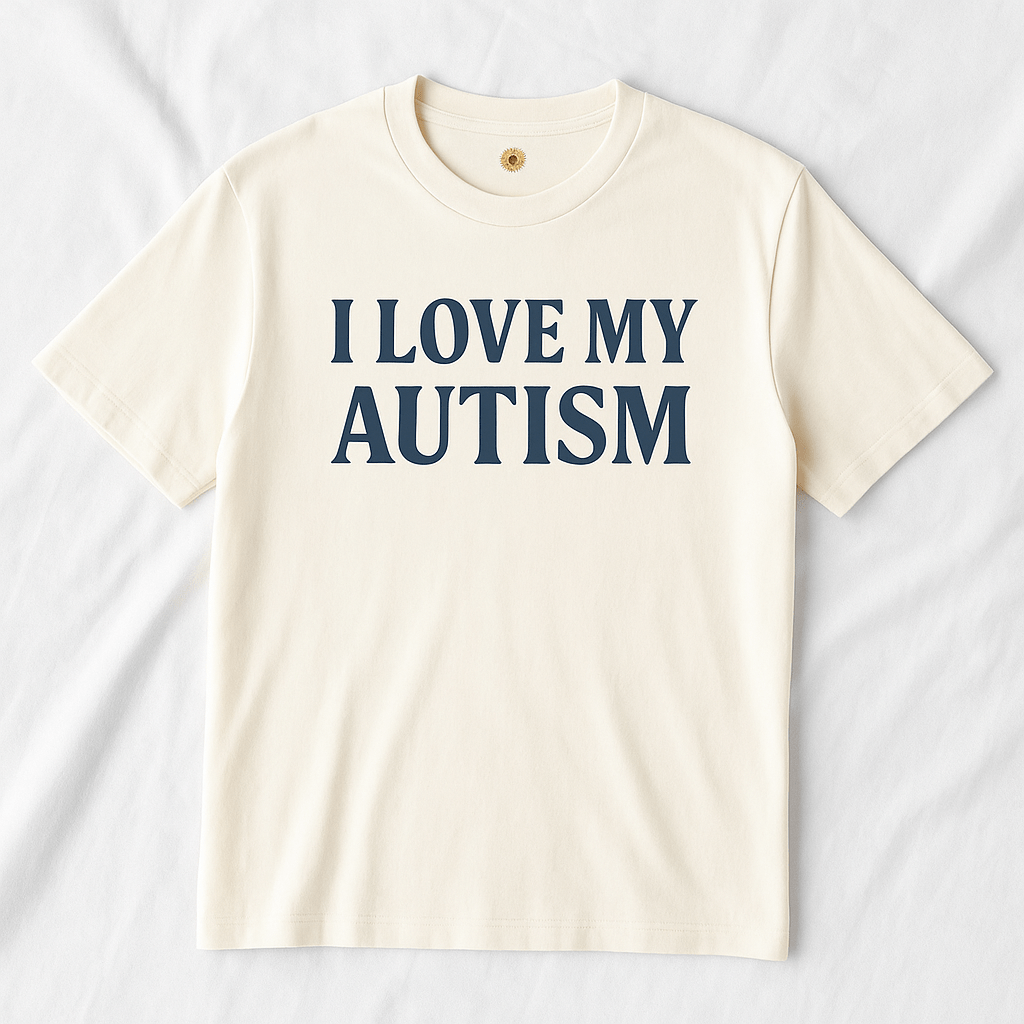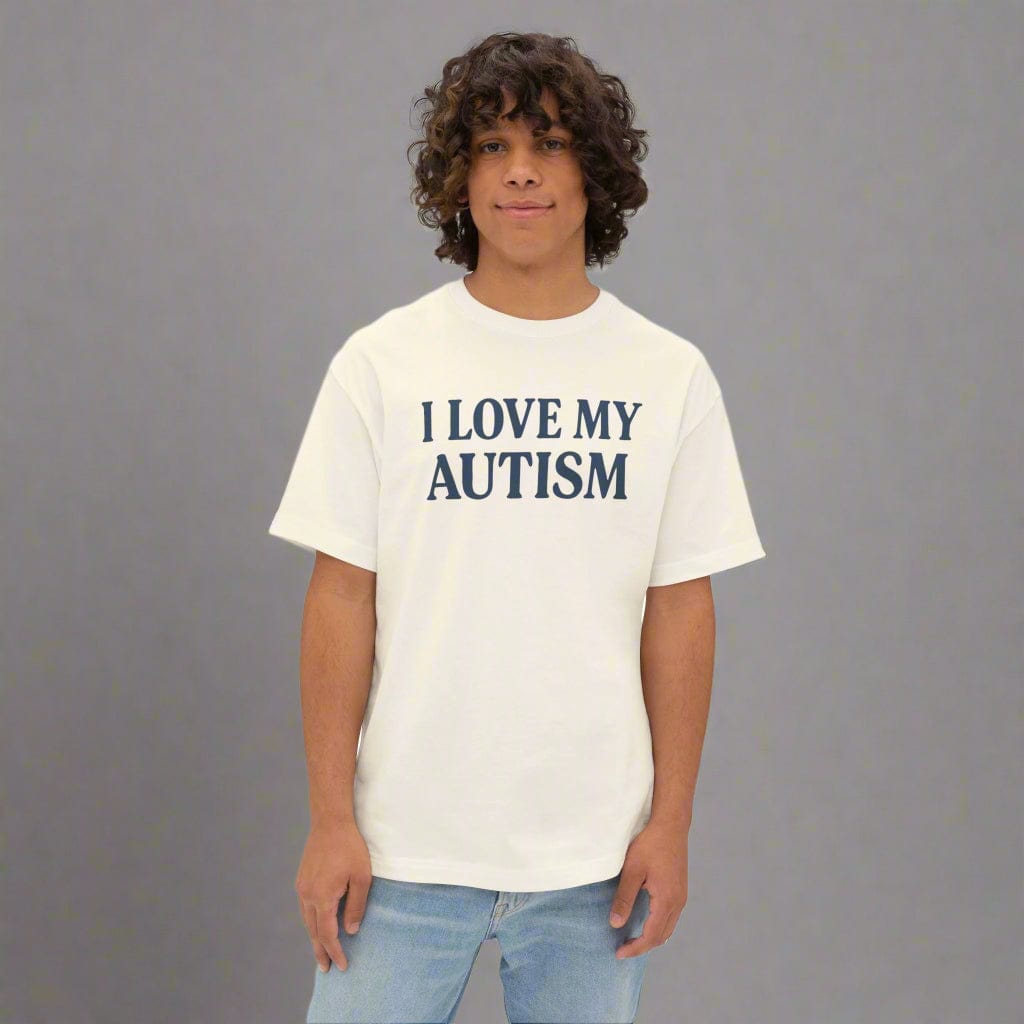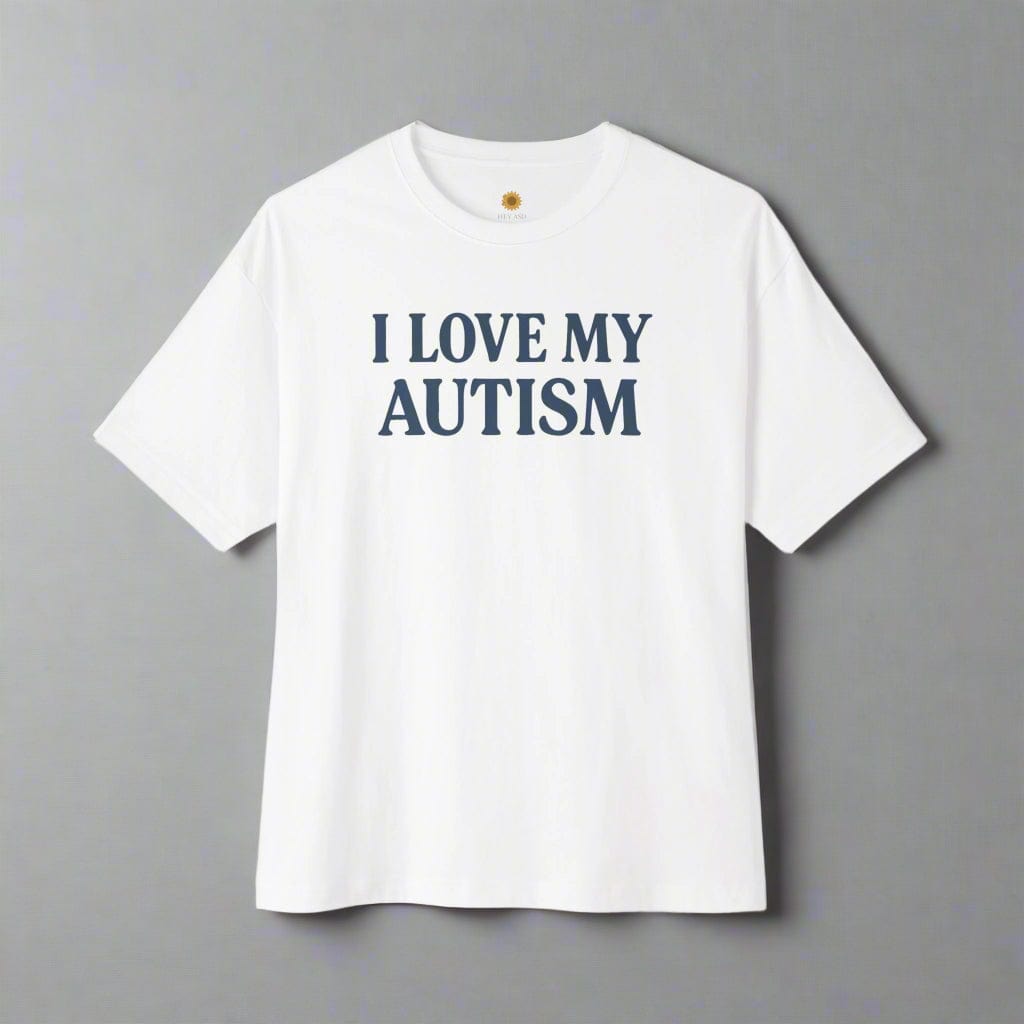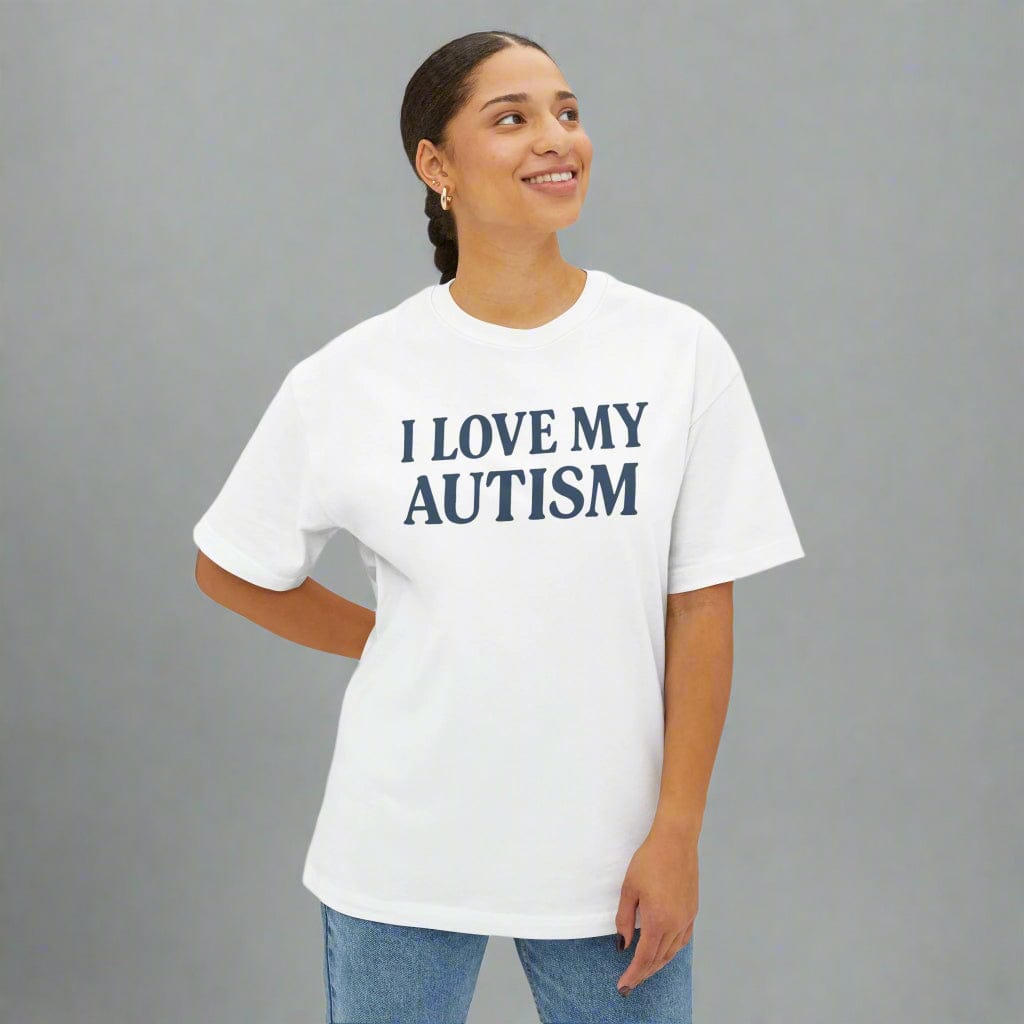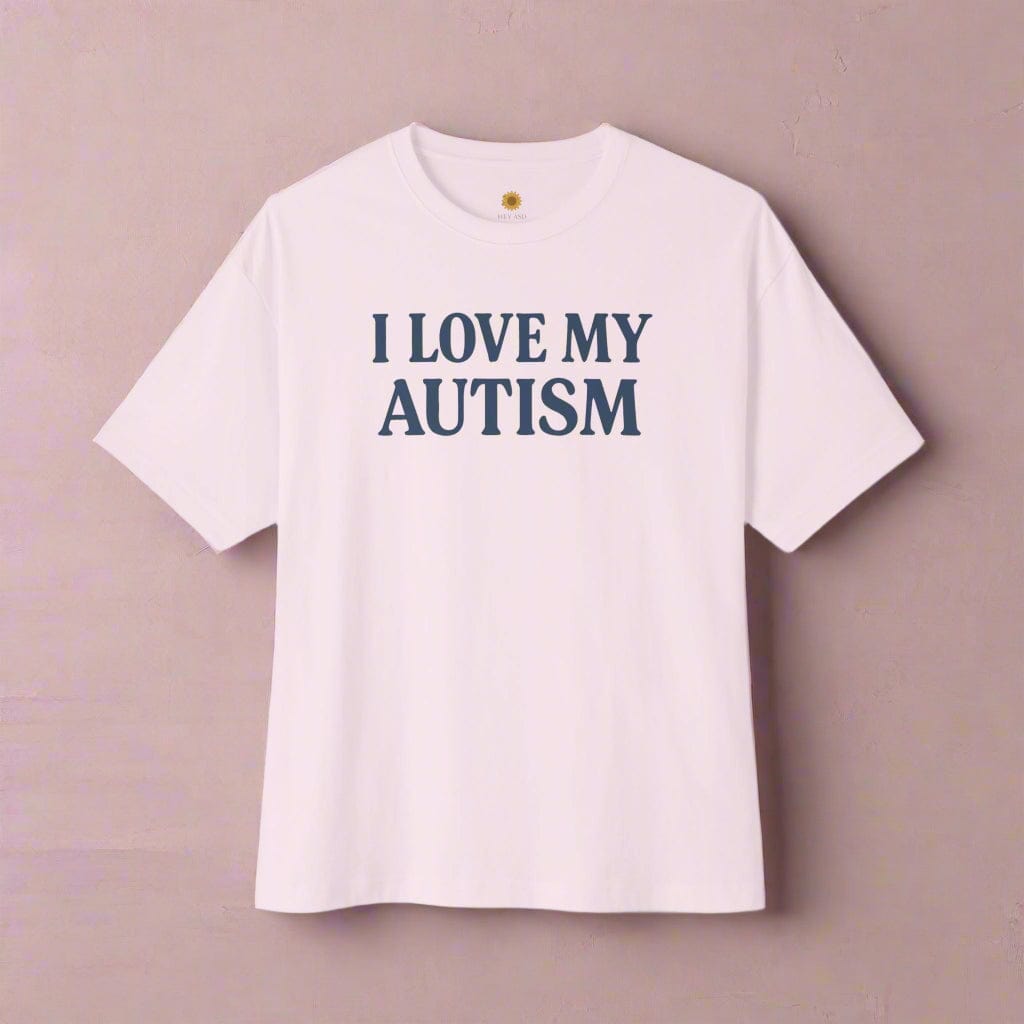Autism Diagnosis Process: A Step-by-Step Guide

Written by the HeyASD Editorial Team
Autism Spectrum Disorder (ASD) is a complex developmental condition that affects individuals differently. Understanding the diagnosis process is crucial for early intervention and support. This guide provides a comprehensive overview of the step-by-step process involved in diagnosing autism, from recognizing early signs to accessing post-diagnosis support.
Key Takeaways
- The autism diagnosis process generally involves two main steps: initial screening and comprehensive diagnostic evaluation.
- Early intervention and diagnosis can significantly improve long-term outcomes for children with autism.
- Pediatricians play a crucial role in the initial screening process during well-child visits.
- A comprehensive diagnostic evaluation involves multiple professionals and various assessment tools.
- Post-diagnosis support is essential for creating a tailored support plan and accessing necessary services and resources.
Understanding Autism Spectrum Disorder (ASD)
What is ASD?
Autism Spectrum Disorder (ASD) is a complex neurodevelopmental disorder that affects behavior, communication, and social functioning. As the term “spectrum” suggests, ASD symptoms exist along a continuum. Some individuals with ASD can succeed in traditional schools, hold jobs, and perform daily functions with varying levels of support, while others may have significant intellectual impairments requiring extensive assistance throughout their lives.
Common Characteristics of ASD
While ASD is a diverse disorder, it is commonly characterized by certain repetitive behaviors and difficulties with social interaction and communication. Some common signs and symptoms include:
- Repetitive movements or behaviors, such as visual stimming
- Challenges with social interactions
- Difficulties in communication
- Restricted interests
Prevalence and Causes
ASD affects people of all racial, ethnic, and socioeconomic groups. The exact cause of ASD is unknown, but it is believed to be a combination of genetic and environmental factors. Research is ongoing to better understand the underlying mechanisms and risk factors associated with ASD.
Early diagnosis and intervention can significantly improve the quality of life for individuals with ASD and their families.
Recognizing Early Signs of Autism
Early Warning Signs in Infants
Identifying autism early in a child's life can lead to significant improvements in their overall well-being and success. Early identification is associated with dramatically better outcomes for people with autism. In infants, some early warning signs include:
- Limited eye contact
- Lack of response to their name
- Minimal babbling or cooing
- Unusual repetitive movements
Signs in Toddlers
As children grow, the signs of autism may become more apparent. In toddlers, look for:
- Delayed speech and language skills
- Difficulty in social interactions
- Repetitive behaviors, such as hand-flapping
- Intense focus on specific objects or activities
Signs in Older Children
Older children may exhibit different signs that suggest autism. These can include:
- Challenges in understanding social cues
- Difficulty making friends
- Unusual sensitivity to sensory inputs, like sounds or textures
- Rigid routines and resistance to change
Early, evidence-based support can make a world of difference to your child’s — and your family’s long-term well-being.
Recognizing these signs early and seeking further evaluation can help in accessing timely interventions and support.
The Importance of Early Intervention
Benefits of Early Diagnosis
The advantages of early intervention cannot be overemphasized. Children who receive early intervention can make tremendous strides in their overall skill development, leading to improved quality of life. Early identification is associated with dramatically better outcomes for people with Autism. The earlier a child is diagnosed, the earlier they can begin benefiting from early intervention therapies and education.
Types of Early Interventions
When health professionals identify autism early in a child’s life, therapies and interventions can make a huge difference in their overall well-being and success. These services may help young children before they start school. Research cited by the National Institutes of Health suggests that early intervention services can positively affect an autistic individual for the rest of their life.
Long-term Outcomes
Identifying your child’s strengths provides clues for how to approach their challenging differences in development. Early therapy is the best way to support autistic children’s development and wellbeing. If your child is younger than 7 years, they can get support through the NDIS’s early childhood early intervention approach without an autism diagnosis.
Early intervention is crucial for setting the foundation for a child's future success and overall well-being.
Initial Screening for Autism
Role of Pediatricians
Pediatricians play a crucial role in the early identification of autism. Early identification is associated with dramatically better outcomes for people with Autism. During regular check-ups, pediatricians observe a child's development and may notice early signs that warrant further investigation. If concerns arise, the pediatrician will refer the child for screening by a developmental specialist.
Standard Screening Tools
Autism screening usually involves checklists or questionnaires completed by a parent, caregiver, educator, or healthcare professional with first-hand knowledge of a child’s daily life. Here’s a look at some of the most commonly used tools used to screen for autism:
- Developmental Checklists
- Autism Diagnostic Observation Schedule (ADOS)
- Modified Checklist for Autism in Toddlers (M-CHAT)
When to Seek Further Evaluation
If a pediatrician or caregiver notices developmental differences in a child's behavior, speech, or movement, it may be time to seek further evaluation. A properly conducted screening will determine if a more thorough evaluation for autism is necessary. Early intervention therapies and education can begin as soon as a diagnosis is made, leading to better long-term outcomes.
Early identification and intervention are key to helping children with autism reach their full potential.
Comprehensive Diagnostic Evaluation
A comprehensive diagnostic evaluation is crucial for accurately identifying Autism Spectrum Disorder (ASD). This process involves multiple steps and professionals to ensure a thorough assessment.
Components of the Evaluation
The evaluation typically includes several key components:
- Behavioral assessments to observe the child's interactions and behaviors.
- Developmental history review to understand the child's growth and milestones.
- Medical evaluation to rule out other conditions.
Professionals Involved
Various specialists contribute to a comprehensive evaluation, including:
- Pediatricians
- Child psychologists
- Neurologists
- Speech and language therapists
These professionals work together to provide a holistic view of the child's needs.
Diagnostic Criteria
The diagnostic criteria for ASD are based on the DSM-5 guidelines. These criteria focus on:
- Persistent deficits in social communication and interaction.
- Restricted, repetitive patterns of behavior, interests, or activities.
A proper diagnosis helps in creating an effective support plan for the child.
A comprehensive needs assessment is essential for understanding the child's unique requirements and ensuring they receive the appropriate interventions.
Diagnostic Tools and Methods
Behavioral Assessments
Behavioral assessments are crucial in diagnosing autism. Professionals use tools specifically developed for detailed autism diagnosis. These tools include:
- Autism Diagnostic Observation Schedule, Second Edition (ADOS-2)
- Autism Diagnostic Interview, Revised (ADI-R)
- Monteiro Interview Guidelines for Diagnosing the Autism Spectrum, Second Edition (MIGDAS-2)
These assessments help in understanding the child's behavior and identifying autism-themed products and resources that may aid in their development.
Developmental History Review
A comprehensive review of a child's developmental history is essential. This involves gathering detailed information about the child's early development, including milestones, social interactions, and communication skills. This review helps in identifying patterns that are indicative of autism.
Medical and Genetic Testing
Medical and genetic testing can provide additional insights into the diagnosis. These tests may include:
- Genetic tests to identify any chromosomal abnormalities
- Medical evaluations to rule out other conditions
These diagnostic methods are integral in forming a complete picture of the child's needs and strengths, ensuring they receive the appropriate support and interventions.
By combining these tools and methods, professionals can make a more accurate diagnosis and create a tailored support plan for the child.
Post-Diagnosis Support
Navigating life after an autism diagnosis can be challenging, but creating a support plan is crucial. This plan should outline the specific needs of the individual and the steps to address them. It often includes therapies, educational accommodations, and social skills training.
Accessing services and resources is the next step. Families should connect with local and national organizations that offer support and information. These resources can provide guidance on everything from therapy options to financial assistance.
Family and caregiver support is equally important. Caregivers should seek out support groups and counseling to help manage the emotional and physical demands of caring for someone with autism. Building a network of support can make a significant difference in the well-being of both the caregiver and the individual with autism.
Remember, your child is more than a diagnosis. Focus on their strengths and celebrate their achievements.
Navigating the Healthcare System
Navigating the healthcare system for an autism diagnosis can be overwhelming. Understanding the available resources and services is crucial for ensuring your child receives the best care possible.
Educational Support for Children with Autism
Individualized Education Programs (IEPs)
Every child with autism deserves a tailored educational plan. IEPs are designed to meet the unique needs of each student, ensuring they receive the appropriate support and resources. These plans are developed collaboratively by a team of educators, parents, and specialists. Regular reviews and updates ensure that the IEP remains relevant and effective.
School-Based Services
Schools offer a range of services to support children with autism, including speech therapy, occupational therapy, and behavioral interventions. These services are crucial for helping students develop essential skills and succeed academically. Additionally, schools may provide sensory-friendly environments to accommodate the unique needs of students with autism.
Advocating for Your Child
Parents play a vital role in advocating for their child's educational needs. It's important to be informed about your child's rights and the available resources. Building a strong relationship with educators and staying involved in the IEP process can make a significant difference. Don't hesitate to seek out additional support from autism advocacy groups and online resources, such as the autism store, which offers various tools and materials to aid in your child's education.
Navigating the educational system can be challenging, but with the right support and resources, children with autism can thrive in their academic journey.
Transitioning to Adulthood
Planning for the Future
Transitioning to adulthood is a critical phase for individuals with autism. Early planning can make a significant difference in achieving a smooth transition. Key areas to focus on include education, employment, and independent living skills. Families should start planning during the teenage years to ensure all necessary supports are in place.
Vocational Training and Employment
Vocational training programs are essential for preparing young adults with autism for the workforce. These programs often include job coaching, internships, and skill-building workshops. Employment can provide a sense of purpose and financial independence. It's important to find a job that matches the individual's strengths and interests.
Independent Living Skills
Developing independent living skills is crucial for young adults with autism. This includes learning how to manage finances, maintain a household, and navigate social situations. Support services, such as life skills coaching and community-based programs, can be invaluable in fostering independence.
Transitioning to adulthood is not just about finding a job or living independently; it's about building a fulfilling and meaningful life. Families and caregivers play a vital role in supporting this journey.
Community and Social Support
Building a Support Network
Building a robust support network is crucial for individuals with autism and their families. Social skills groups can help improve conversational skills, nonverbal communication, and play. Individual psychotherapy is also beneficial for adults with autism to enhance marital and family relationships and improve life skills necessary for employment. For those with more severe cognitive impairments, interventions can decrease aggression and self-injury while improving compliance.
Social Skills Training
Social skills training is essential for helping individuals with autism navigate social interactions more effectively. This can include:
- Conversational skills
- Nonverbal communication
- Play and leisure activities
These skills are vital for improving the quality of life and fostering independence.
Community Resources
Accessing community resources can make a significant difference. The Autism Society offers a connection to the resources and support families need. This includes:
- Community health services
- Playgroups
- Peer support groups
- Therapies for developing everyday skills like eating, washing, and dressing
Families can feel overwhelmed and isolated while searching for information. The Autism Society provides a lifeline to essential resources and support.
Stay connected with the latest news and updates from the Autism Society through their blog and other resources. Explore helpful resources from the autism community to stay informed and supported.
Conclusion
Navigating the autism diagnosis process can be a complex and emotional journey for families. However, understanding the step-by-step procedures—from initial screening to comprehensive diagnostic evaluations—can provide clarity and reassurance. Early and accurate diagnosis is crucial for accessing the appropriate interventions and support systems that can significantly improve the quality of life for individuals with autism. Remember, you are not alone in this journey; numerous resources and professionals are available to guide you every step of the way. By staying informed and proactive, you can help your loved one reach their full potential.
Join Hundreds of Autistic Adults Feeling
More Comfort in Their Own Skin
Use code WELCOME10 for 10% off your first order.
Start Your Comfort JourneyFrequently Asked Questions
What is Autism Spectrum Disorder (ASD)?
Autism Spectrum Disorder (ASD) is a developmental disorder that affects communication, behavior, and social interactions. It is called a 'spectrum' disorder because it affects individuals differently and to varying degrees.
What are the common early signs of autism in children?
Common early signs of autism in children include lack of eye contact, delayed speech and communication skills, repetitive behaviors, and difficulty in social interactions.
How is autism diagnosed?
Autism is typically diagnosed through a two-step process: initial screening by a pediatrician and a comprehensive diagnostic evaluation by specialists such as neurologists, child psychologists, and developmental pediatricians.
Why is early intervention important for children with autism?
Early intervention is crucial because it can significantly improve the development of social, communication, and learning skills in children with autism, leading to better long-term outcomes.
What types of professionals are involved in the autism diagnosis process?
The autism diagnosis process often involves a team of professionals including pediatricians, neurologists, child psychologists, speech therapists, and occupational therapists.
What are some standard screening tools for autism?
Some standard screening tools for autism include the Modified Checklist for Autism in Toddlers (M-CHAT), the Ages and Stages Questionnaires (ASQ), and the Childhood Autism Rating Scale (CARS).
What support is available after an autism diagnosis?
After an autism diagnosis, support options include creating a personalized support plan, accessing educational and therapeutic services, joining support groups, and seeking guidance from healthcare providers and specialists.
How can parents advocate for their child with autism in the education system?
Parents can advocate for their child with autism by working closely with educators to develop an Individualized Education Program (IEP), ensuring access to school-based services, and staying informed about their child's rights and available resources.
On This Page
Frequently asked questions
What are the typical steps involved in the autism diagnosis process?
How can I recognize the early signs of autism in my child?
Why is early intervention important after an autism diagnosis?
What types of professionals are usually involved in a comprehensive autism evaluation?
Are there sensory-friendly autism support products that can help my child feel more comfortable at home or school?
What resources are available to families after receiving an autism diagnosis?
How can I advocate effectively for my child’s educational needs through an Individualized Education Program (IEP)?
What strategies can support a smooth transition to adulthood for someone with autism?
How can Autism-themed decor or calming blankets support sensory needs and create a comforting environment?

About the HeyASD Editorial Team
Autistic‑owned • Values‑led • Sensory‑friendly design
We are autistic creators, writers, and advocates dedicated to producing resources that are practical, sensory-aware, and grounded in lived experience. Our mission is to make information and products that support the autistic community accessible to everyone, without jargon or condescension. Learn more about our team.
This article is written from lived autistic experience and an evidence-aware perspective. It is for general informational purposes only and should not be taken as medical, legal or therapeutic advice.
Always consult a qualified clinician or occupational therapist for individual needs and circumstances.

About Our Autism Blog
HeyASD isn’t just a store, it’s a calm, supportive space created by and for autistic adults. Our blog shares sensory-friendly tips, identity-affirming stories, and heartfelt resources for navigating life as an autistic person. Whether you're late-diagnosed, exploring your needs, or supporting someone you love, you're welcome here.
Thank you for reading. We hope these resources bring comfort and clarity.






























